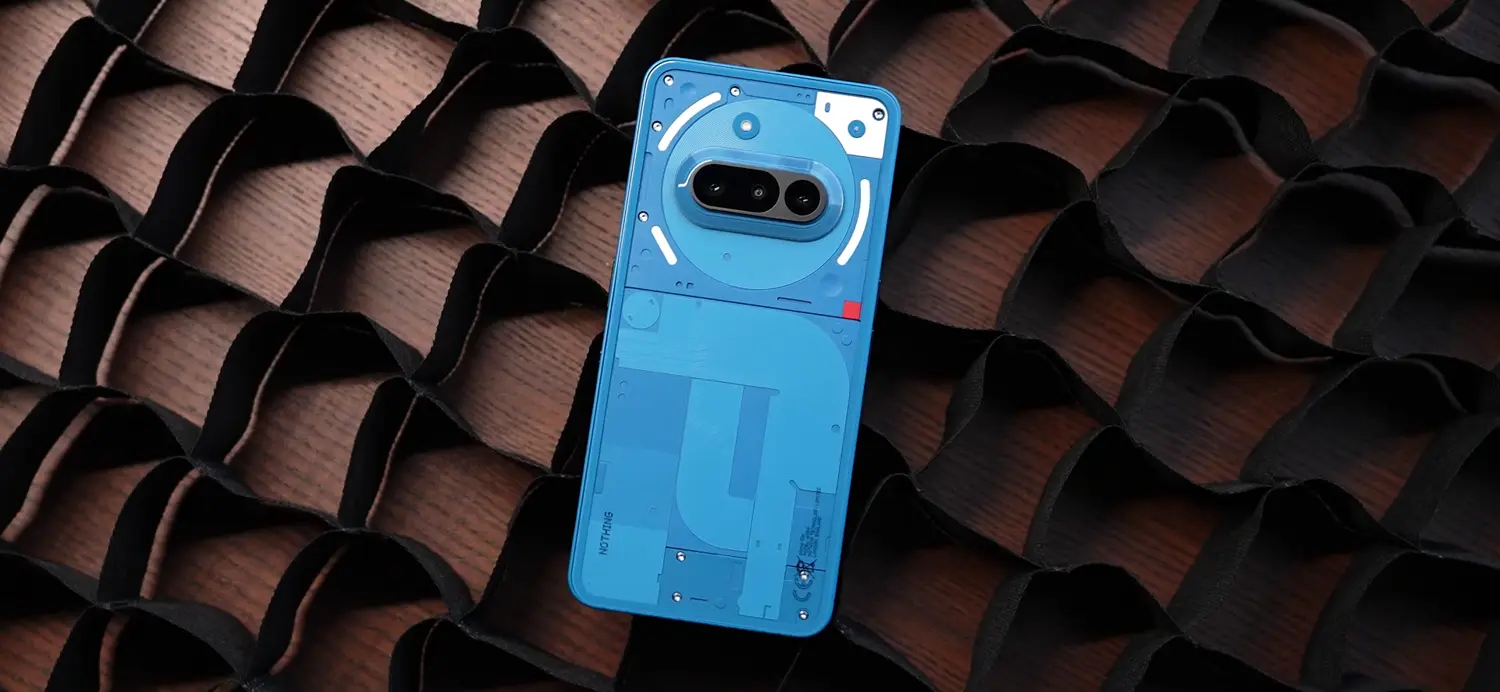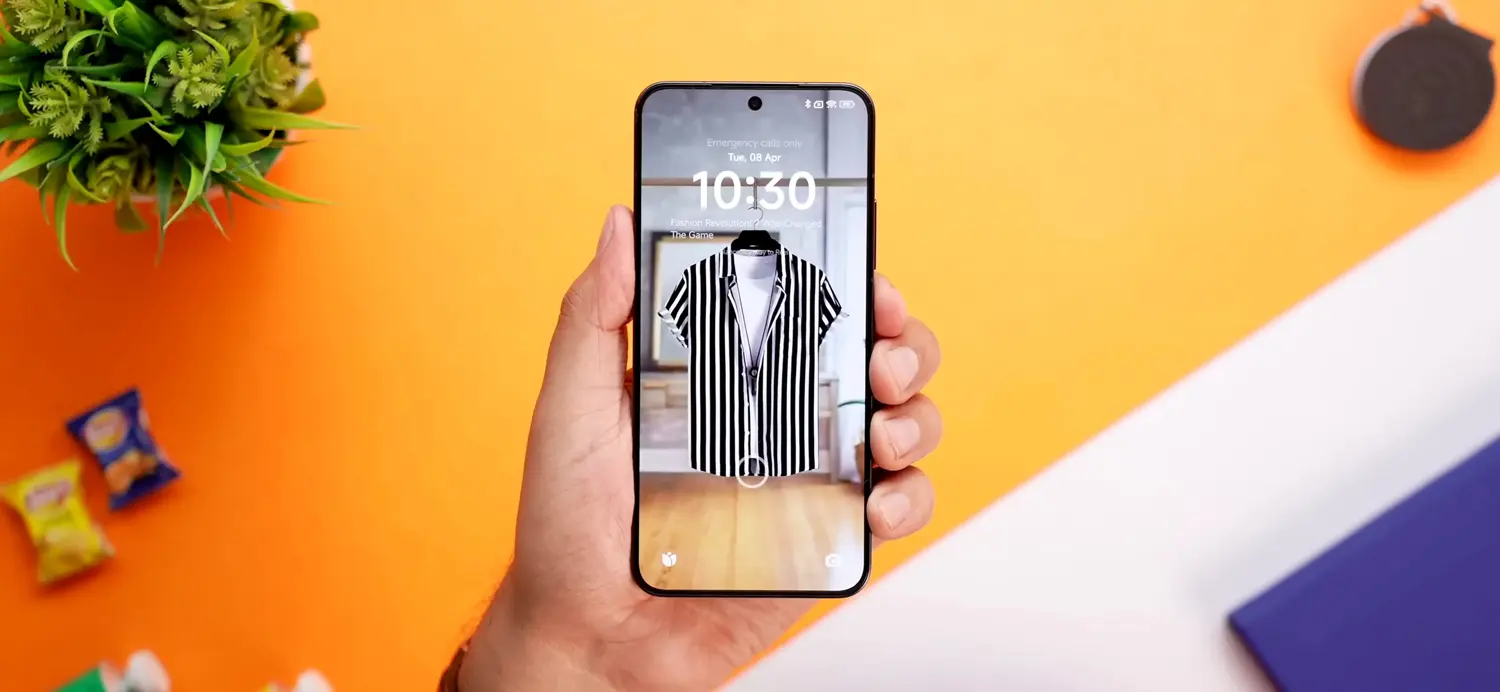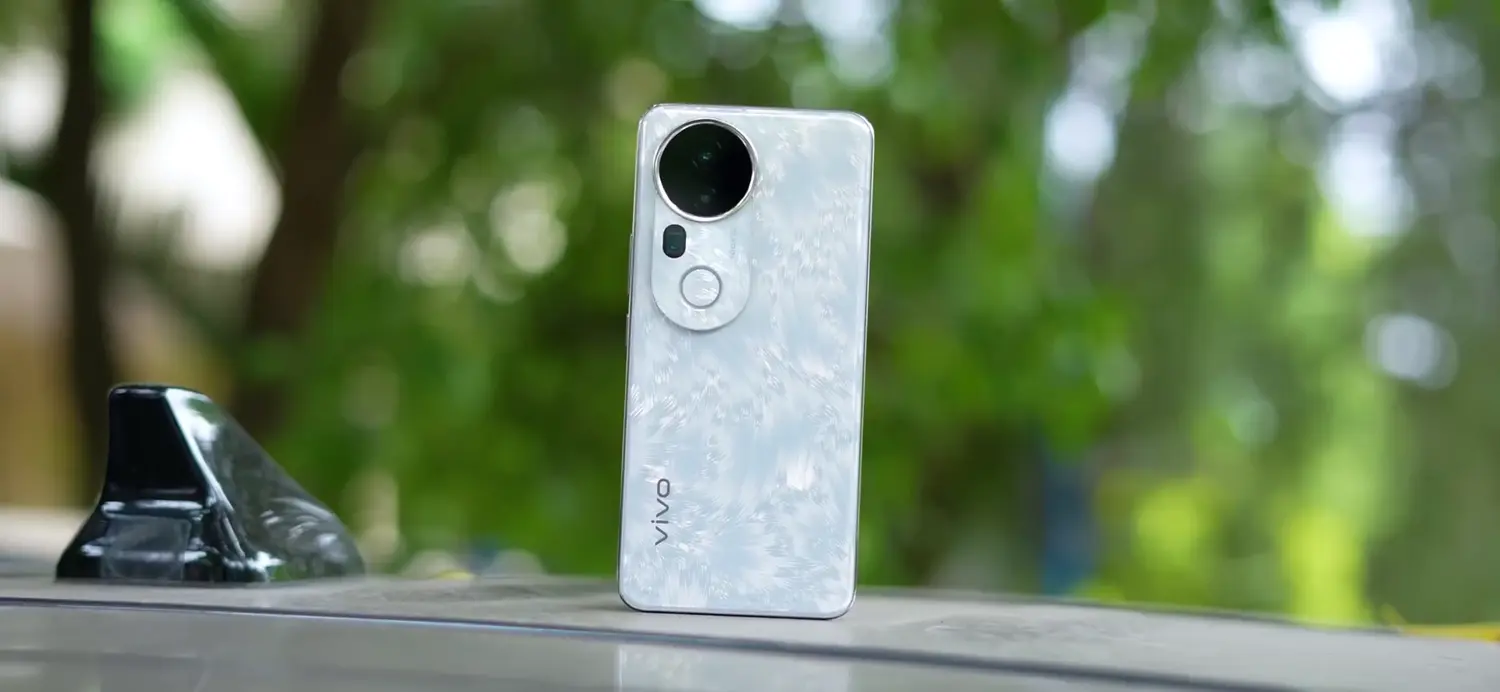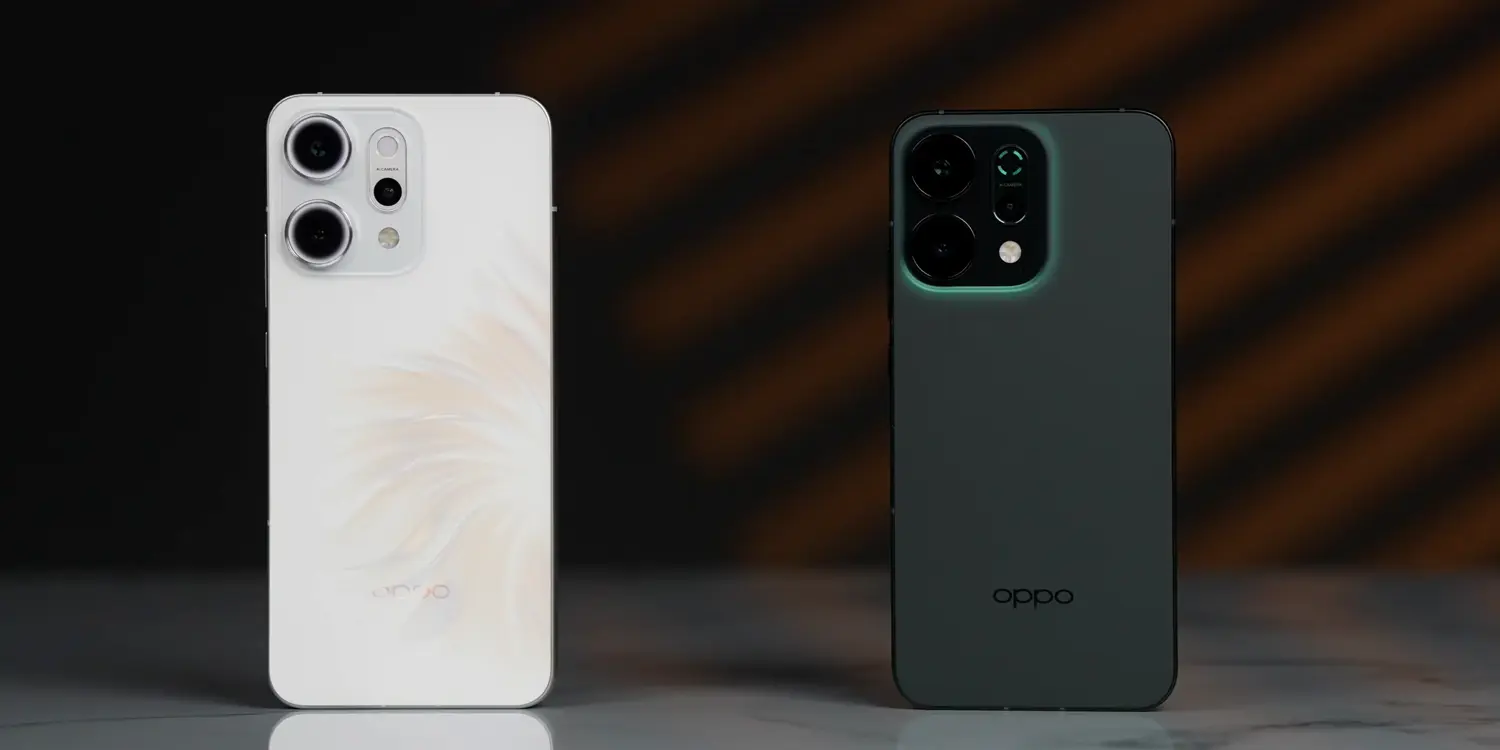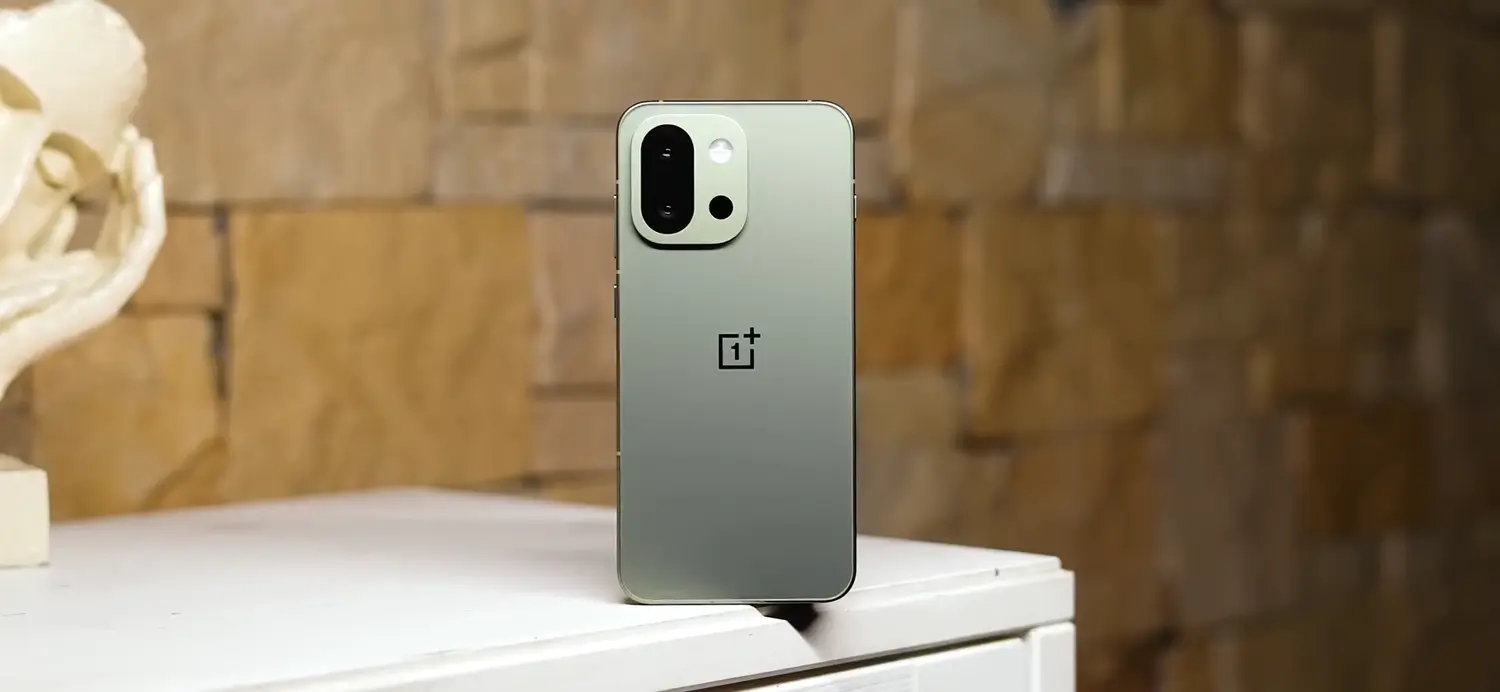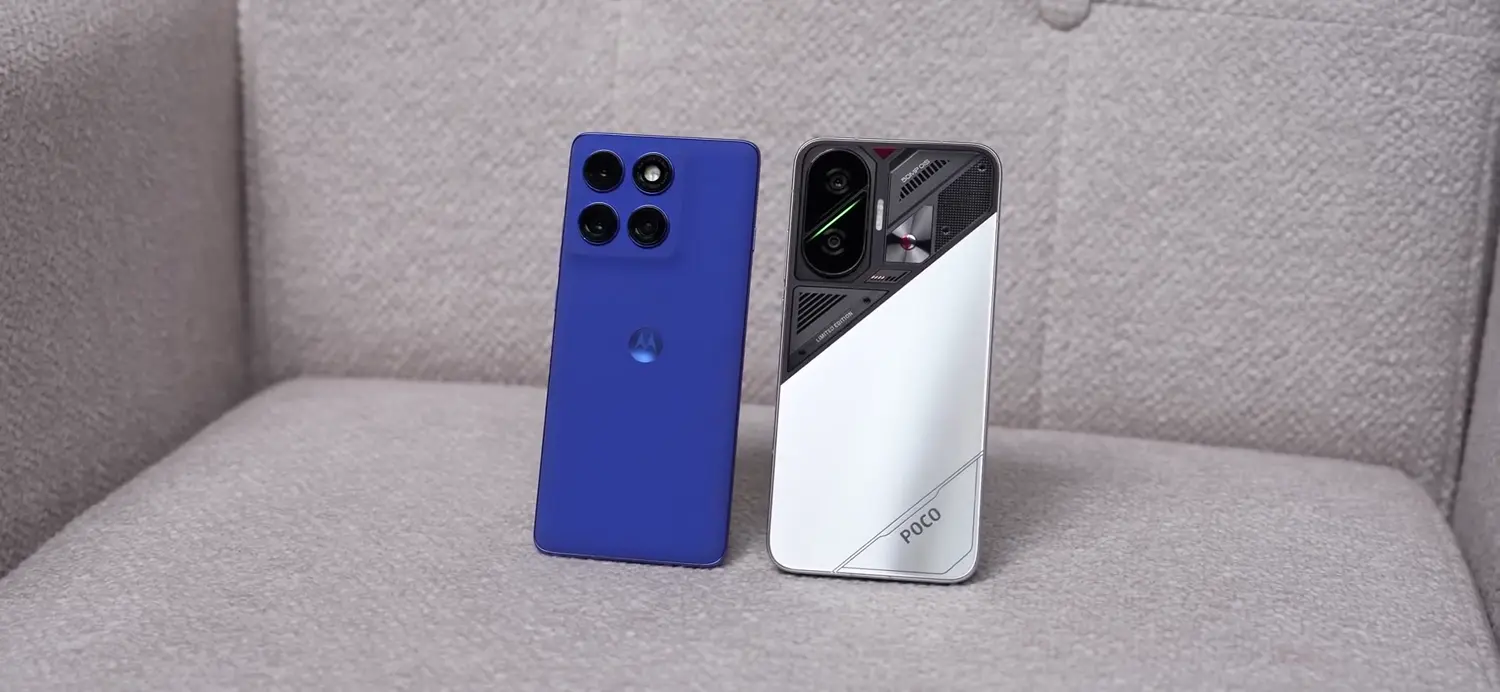The Nothing Phone 3A has been making waves in the mid-range smartphone market with its unique design and promising features. After spending 30 days with the device, I’ve explored every aspect of it—from its eye-catching aesthetics to its performance and camera capabilities. This detailed review will break down my experience, covering the design, display, performance, battery, camera, software, and more. If you’re wondering whether the Nothing Phone 3A is worth buying, especially for students, Gen Z, or casual users in India, this article will help you decide. Let’s dive in!
Design: Standing Out in a Crowd
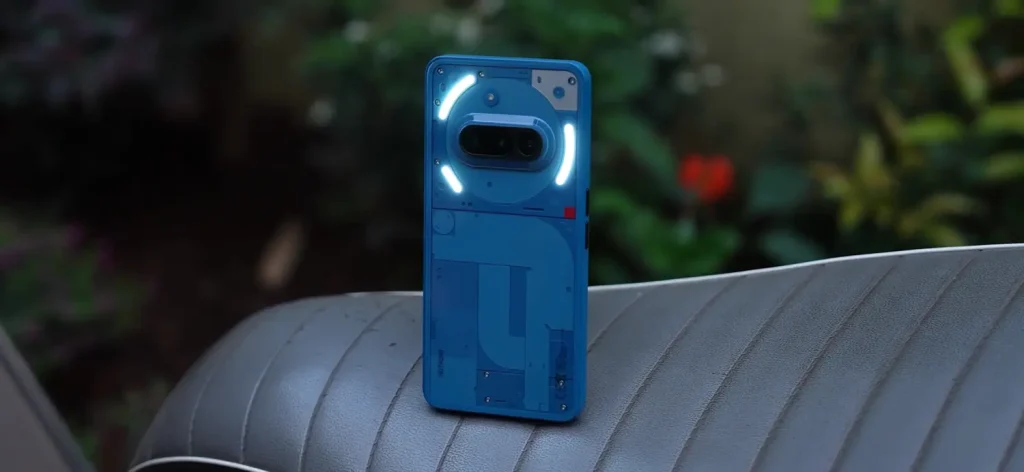
The Nothing Phone 3A immediately grabs attention with its signature transparent back and Glyph LED interface. When I took it out during a casual outing, it sparked curiosity among strangers—some even asked, “Which phone is this? Is it a new brand?” This uniqueness is a big win for Nothing, as it sets the phone apart in a sea of similar-looking devices.
The phone features a glass back with Panda Glass protection, a downgrade from the Gorilla Glass 5 found in its predecessor, the Nothing Phone 2A. While the glass adds a premium feel, it’s prone to scratches. After a month of use, I noticed minor scratches on the screen and back, especially when kept in a pocket with keys. A screen guard and case are must-haves to maintain its look.
The side frame is made of plastic, which feels sturdy but makes the phone slightly bulky. At 201 grams and 8.4mm thick, it’s not the most pocket-friendly device. For instance, when riding a bike or sitting with tight pockets, it can feel intrusive. The IP64 rating offers protection against light splashes but falls short of the IP68 or IP69 ratings found in competitors like the Motorola Edge 60 Fusion in the same price range (₹20,000–₹25,000).
A new addition is the Essential Key, a dedicated button for quick screenshots or voice notes. While innovative, its functionality is limited, and I often confused it with the power button initially. The buttons are clicky and responsive, but the phone’s heft and size make it less comfortable for one-handed use.
Design Rating: 8/10
The Nothing Phone 3A scores high for its unique look and Glyph lights, but the scratch-prone glass and bulky build deduct a few points. If you love standing out and don’t mind a case, this design is a winner.
Display: Big, Bright, but Missing HDR
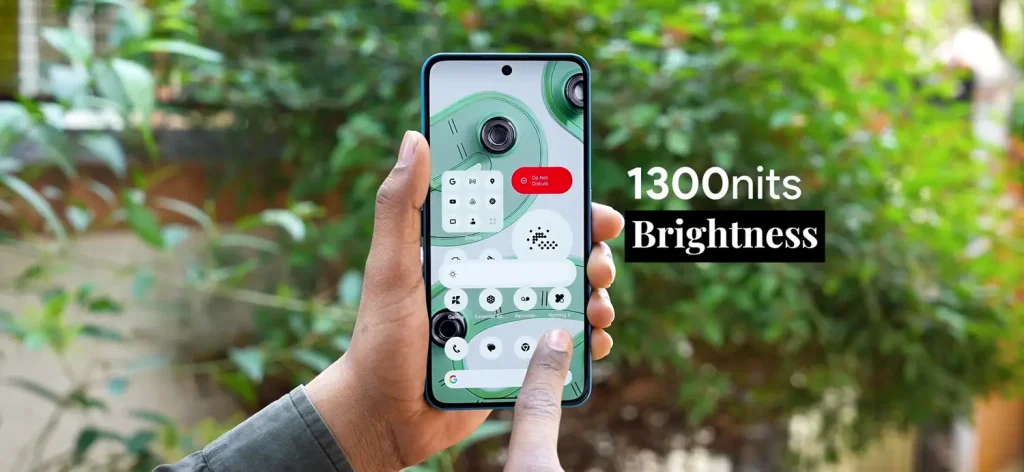
The Nothing Phone 3A sports a 6.77-inch AMOLED display with a 120Hz refresh rate and a peak brightness of 3000 nits (1300 nits in high brightness mode). It’s a large, vibrant screen that’s great for watching videos or scrolling through social media. During testing under direct sunlight, the display remained readable, with white text and icons standing out clearly. The auto-brightness feature adjusts well to ambient light, ensuring a comfortable viewing experience.
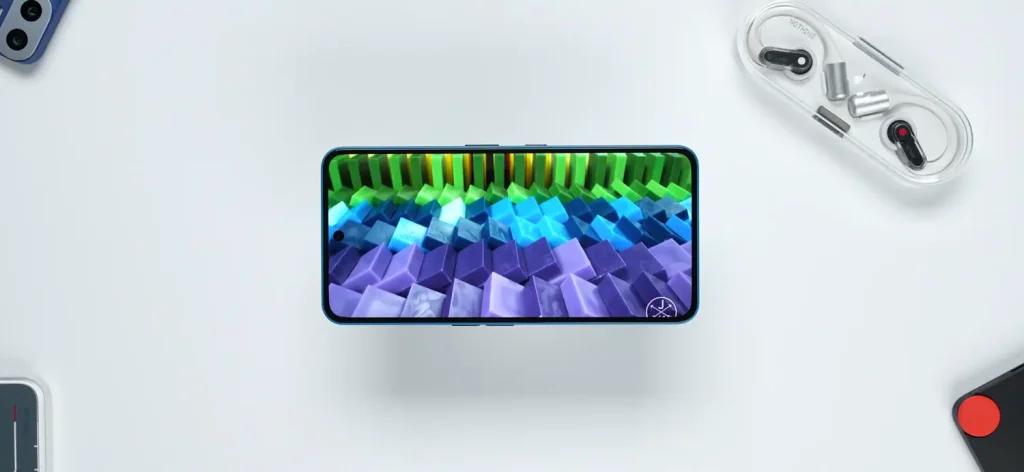
However, there’s a catch: the lack of HDR support on Netflix is a significant miss. While YouTube supports HDR, I noticed stuttering in the app’s UI when HDR was enabled, which was frustrating. The display quality is excellent, with uniform bezels and good viewing angles, but the absence of proper HDR implementation limits its potential for media consumption.
Another positive is the smooth touch response. The screen feels responsive, and swiping or scrolling is effortless, unlike some displays where fingers feel resistance. For late-night scrolling, the extra dim mode reduces brightness further, making it easier on the eyes—a handy feature for Gen Z users who spend hours on their phones.
Display Rating: 8/10
The display is bright and smooth, but the lack of Netflix HDR and YouTube stuttering prevent it from scoring higher. For everyday use, it’s more than adequate.
Performance: Decent but Outshone by Competitors
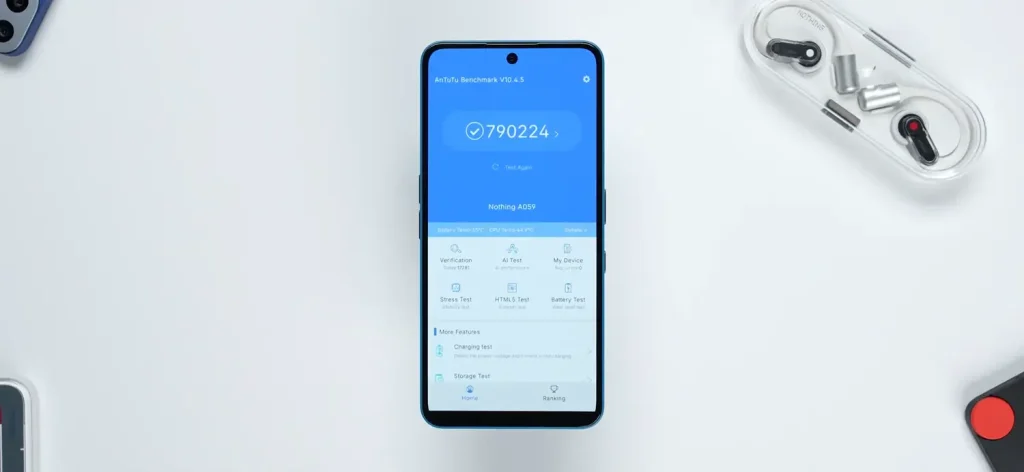
Powered by the Qualcomm Snapdragon 7s Gen 3 chipset, paired with 8GB or 12GB of LPDDR4X RAM and UFS 2.2 storage, the Nothing Phone 3A handles daily tasks well. Opening apps, multitasking, and navigating Nothing OS feels fluid, thanks to the optimized software. However, compared to competitors like iQOO or OnePlus in the ₹20,000–₹25,000 range, the performance feels underwhelming.
The biggest letdown is the UFS 2.2 storage. Most phones in this price segment offer UFS 3.1 or even UFS 4.0, which provide faster read/write speeds. This affects long-term performance, especially when capturing multiple photos or running heavy apps. After using 5–6 apps for 15–20 minutes, I noticed that background apps like the gallery closed, forcing a reload. This poor RAM management impacts the user experience, especially for power users.
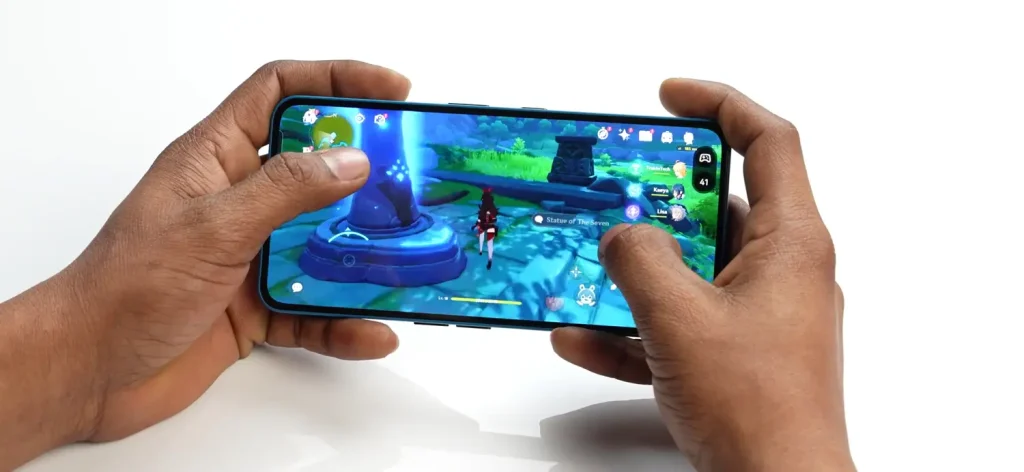
Gaming performance is decent, with titles like BGMI running at 90FPS and Genshin Impact at around 53–54FPS without overheating. Thermals are well-managed, but the phone doesn’t compete with gaming-focused devices in this price range. Haptic feedback is good but limited to the keyboard, which is a missed opportunity for a more immersive experience.
Performance Rating: 7/10
The Nothing Phone 3A is smooth for casual use, but UFS 2.2 storage and average RAM management hold it back. If gaming or heavy multitasking is your priority, look elsewhere.
Battery Life: Good but Not Great
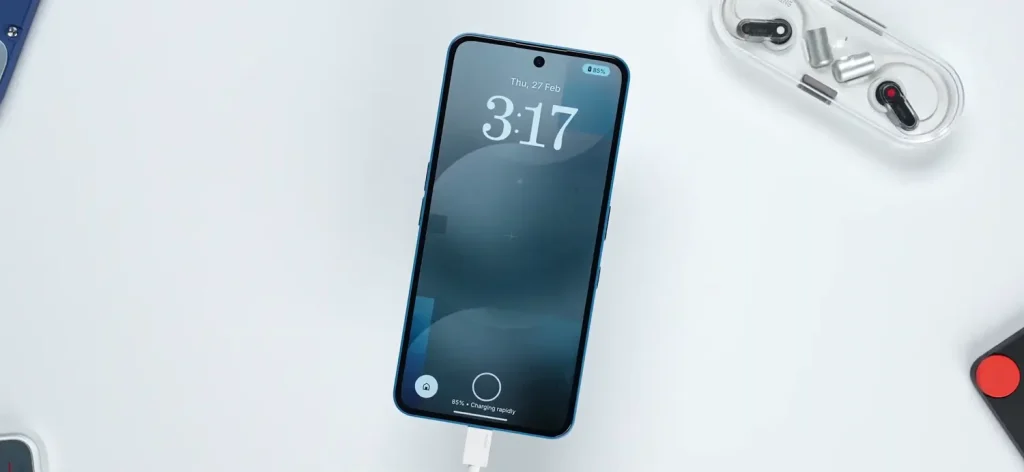
The Nothing Phone 3A comes with a 5000mAh battery, which is standard for its class. In my testing, it delivered around 6.5 hours of screen-on time with casual usage—watching YouTube, listening to music, light gaming, and browsing. Heavy usage, like extensive camera use or gaming, drained it faster but still lasted a full day.
Charging is a highlight, with 50W fast charging taking the phone from 0% to 100% in about 52–53 minutes using a compatible charger. However, the lack of an included charger is a major drawback, especially at this price point. You’ll need to spend extra (around ₹2,000) for a good charger, which feels like a cost-cutting move.
Battery Rating: 6.5/10
The battery life is reliable for casual users, but the absence of a charger and average screen-on time make it less competitive.
Camera: Improved but Not Class-Leading
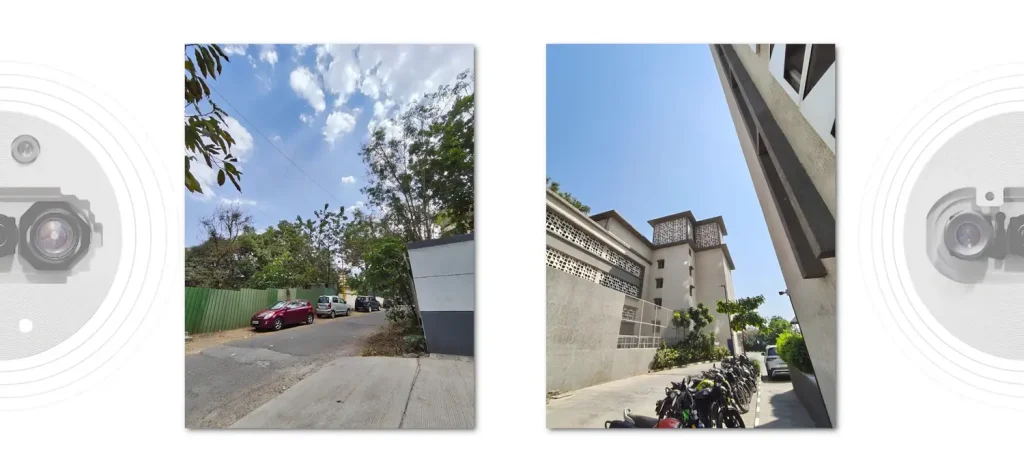
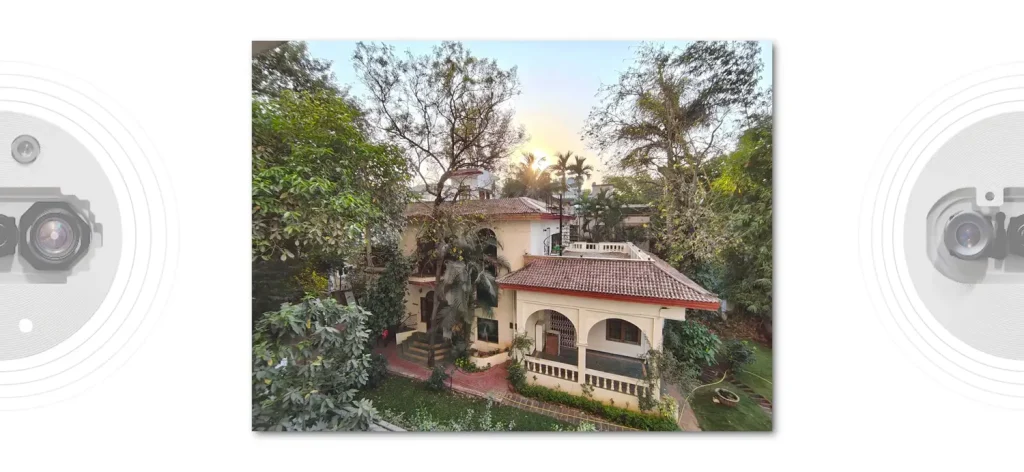
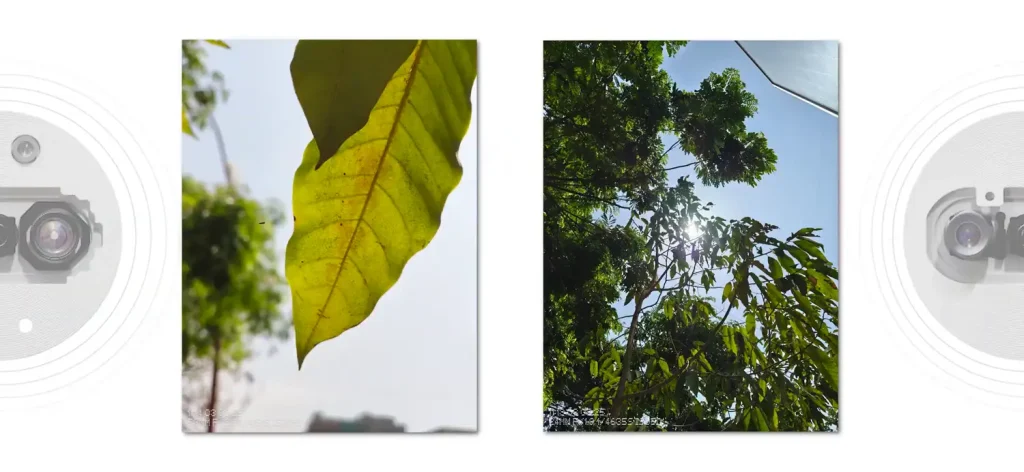
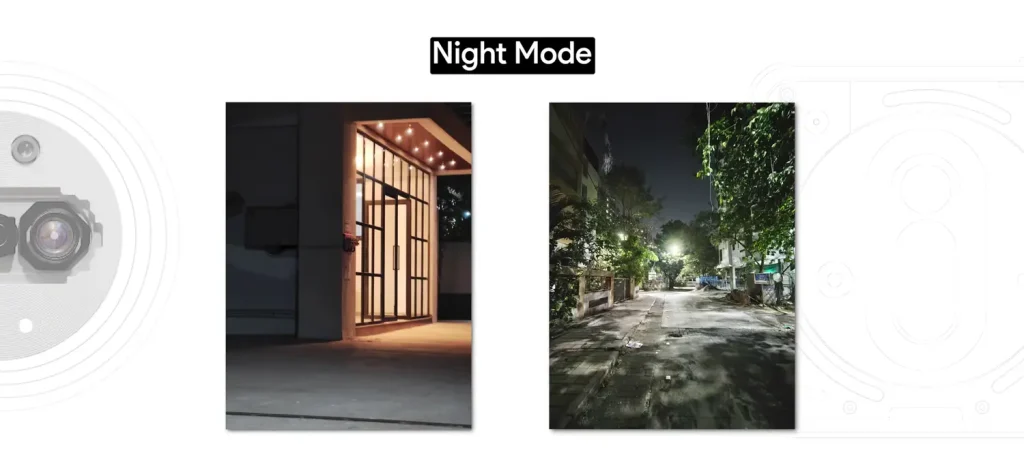
The Nothing Phone 3A features a triple-camera setup: a 50MP main sensor (f/1.9, OIS), an 8MP ultrawide (f/2.2, 120° FOV), and a 50MP 2x telephoto (f/2.0). Compared to the Nothing Phone 2A, the camera performance has improved significantly, thanks to the TrueLens Engine 3.0 and better post-processing.
The main camera captures sharp, vibrant photos in daylight with good dynamic range. Issues like lens flare and underexposed subjects, which plagued the Phone 2A, are largely resolved. The 2x telephoto lens is a standout, delivering excellent portrait shots with accurate edge detection, natural skin tones, and good detail. You can create custom presets for a personalized look, which is a thoughtful addition.
However, the 8MP ultrawide camera disappoints, producing soft images with noticeable color shifts, especially in low light. Low-light performance across all lenses is decent but not exceptional, with some noise creeping in. The 32MP selfie camera performs well, offering natural skin tones without excessive smoothing.
Video recording is a mixed bag. The main camera supports 4K at 30FPS, but the ultrawide and telephoto are limited to 1080p. Competitors like the Motorola Edge 60 Fusion offer 4K across all sensors, making the Nothing Phone 3A less appealing for video enthusiasts. Zoom performance is usable up to 10x, but quality degrades beyond that.
Camera Rating: 7.5/10
The camera system is versatile for the price, with significant improvements over its predecessor. However, the ultrawide lens and limited video capabilities prevent it from excelling.
Software: Nothing OS Shines
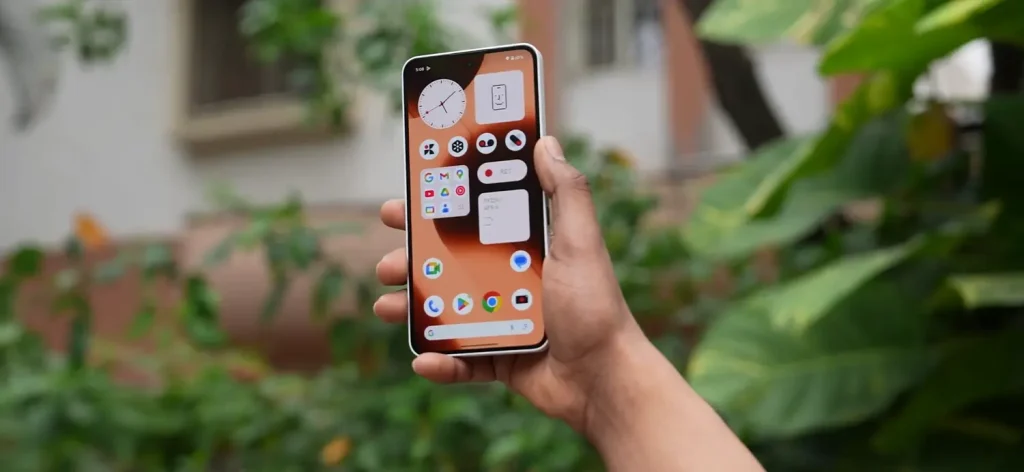
Nothing OS 3.1, based on Android 15, is one of the phone’s strongest features. It’s clean, customizable, and visually distinct with its dot-matrix aesthetic. The UI feels fresh and exciting, encouraging users to tinker with widgets, lock screen options, and home screen layouts. The smart drawer organizes apps intelligently, and the customizable quick settings panel is a delight.
The Essential Key, while innovative, feels underutilized. It’s limited to taking screenshots or recording voice notes, which isn’t as versatile as it could be. The Glyph lights are fun for notifications or timers but lose their novelty over time. Nothing promises three years of Android updates and six years of security patches, which is solid but not industry-leading.
Software Rating: 8.5/10
Nothing OS is a highlight, offering a unique and engaging experience. Minor quirks, like the limited Essential Key functionality, keep it from a perfect score.
Connectivity and Multimedia: Average but Functional
The Nothing Phone 3A supports 16 5G bands, Wi-Fi 6, Bluetooth 5.4, and NFC, ensuring good connectivity options. However, I noticed occasional switches from 5G to 4G, which could be a software glitch fixable with an update. Call quality is reliable, and there were no issues with Bluetooth connections to earbuds or speakers.
The dual speakers deliver decent loudness but average quality, lacking the depth of higher-end devices. The display’s quality makes multimedia consumption enjoyable, but the lack of Netflix HDR is a letdown.
Multimedia Rating: 7.5/10
The speakers and connectivity are functional, but the multimedia experience is hampered by average audio and missing HDR support.
Specifications Table
| Feature | Specification |
|---|---|
| Display | 6.77-inch AMOLED, 1080x2392px, 120Hz, 1300 nits (HBM), 3000 nits (peak) |
| Processor | Qualcomm Snapdragon 7s Gen 3 (4nm) |
| RAM | 8GB/12GB (LPDDR4X) |
| Storage | 128GB/256GB (UFS 2.2) |
| Rear Cameras | 50MP main (f/1.9, OIS), 8MP ultrawide (f/2.2, 120°), 50MP 2x telephoto (f/2.0) |
| Front Camera | 32MP (f/2.2) |
| Battery | 5000mAh, 50W fast charging (no charger included) |
| OS | Nothing OS 3.1 (Android 15) |
| Connectivity | 5G (16 bands), Wi-Fi 6, Bluetooth 5.4, NFC |
| Build | Glass back and front (Panda Glass), plastic frame, IP64 |
| Weight | 201g |
| Dimensions | 163.5 x 77.5 x 8.4mm |
Should You Buy the Nothing Phone 3A?
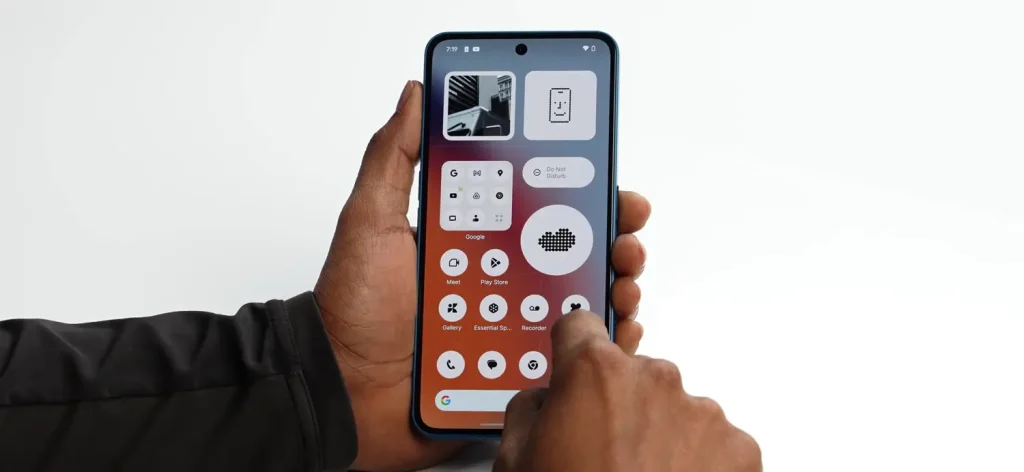
The Nothing Phone 3A, priced at ₹24,999 for the 8GB/128GB variant and ₹26,999 for the 8GB/256GB model, is a compelling option for specific users. Its strengths lie in its unique design, vibrant display, and excellent Nothing OS, which make it ideal for students, Gen Z, and casual users who value style and software customization. The camera improvements and decent battery life add to its appeal for everyday use.
However, it falls short in key areas. The UFS 2.2 storage is a significant drawback, as competitors offer faster UFS 3.1 or 4.0, ensuring better long-term performance. The lack of a charger, average ultrawide camera, and limited HDR support are other negatives. If you prioritize gaming, performance, or top-tier photography, phones like the iQOO Z9s or Motorola Edge 60 Fusion may offer better value in the same price range.
Who Should Buy It?
- Tech enthusiasts who love experimenting with software and want a unique-looking phone.
- Casual users who need a reliable device for daily tasks like browsing, social media, and light gaming.
- Students and Gen Z who value style, customization, and a vibrant display for media consumption.
Who Should Skip It?
- Gamers looking for high-performance chipsets and faster storage.
- Photography enthusiasts who need consistent performance across all lenses, especially ultrawide and video.
- Users needing IP68 water resistance or a charger in the box.
Overall Rating: 7.5/10
The Nothing Phone 3A is a solid mid-range phone that excels in design and software but is held back by outdated storage, average battery life, and minor camera shortcomings. For adventurous users who prioritize aesthetics and UI, it’s a great choice. However, if performance and future-proofing are your priorities, consider alternatives in the ₹20,000–₹25,000 segment.
Conclusion
The Nothing Phone 3A is a bold attempt to redefine value in the mid-range market. Its unique design, smooth Nothing OS, and improved cameras make it a standout choice for those who want something different. However, compromises like UFS 2.2 storage, no included charger, and an average ultrawide camera mean it’s not perfect. If you’re a student or casual user looking for a stylish phone with a great UI, the Nothing Phone 3A is worth considering. For others, it’s worth comparing with competitors to ensure it meets your needs.
